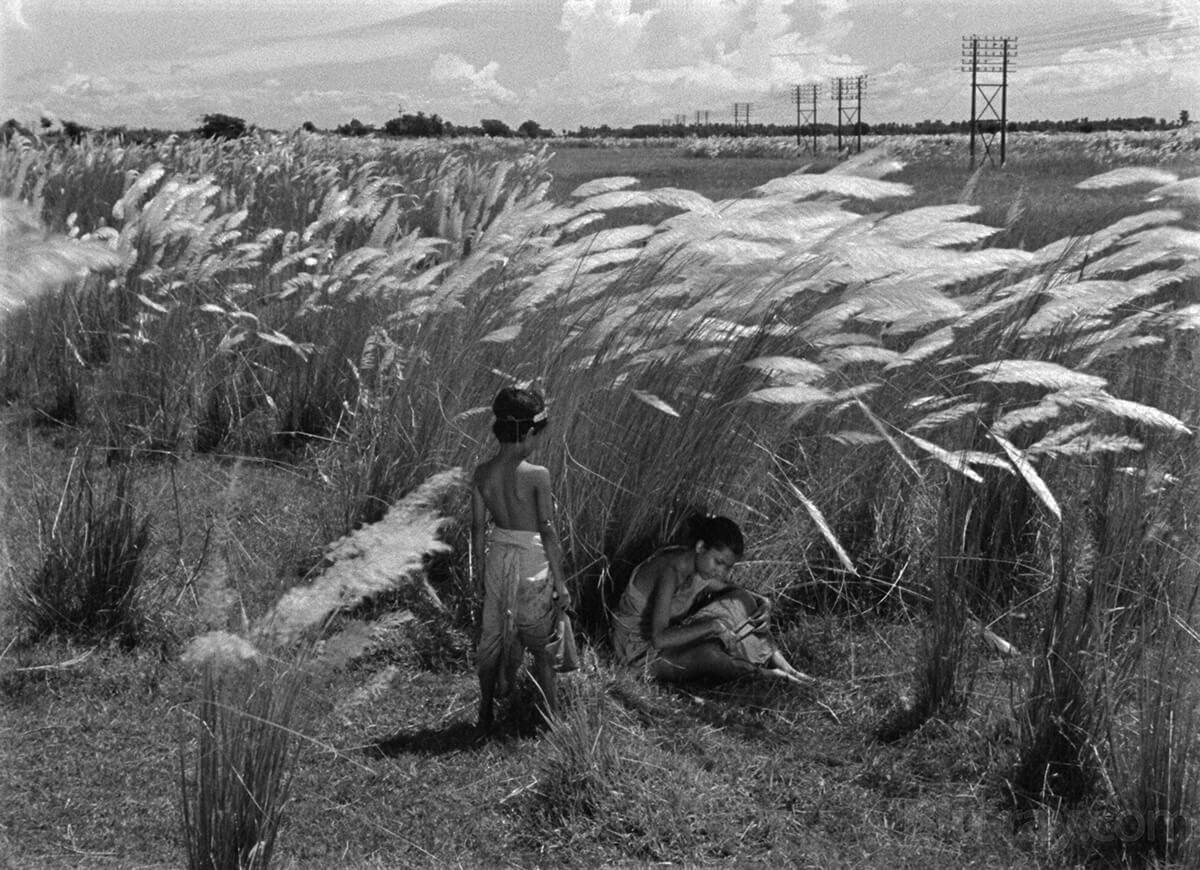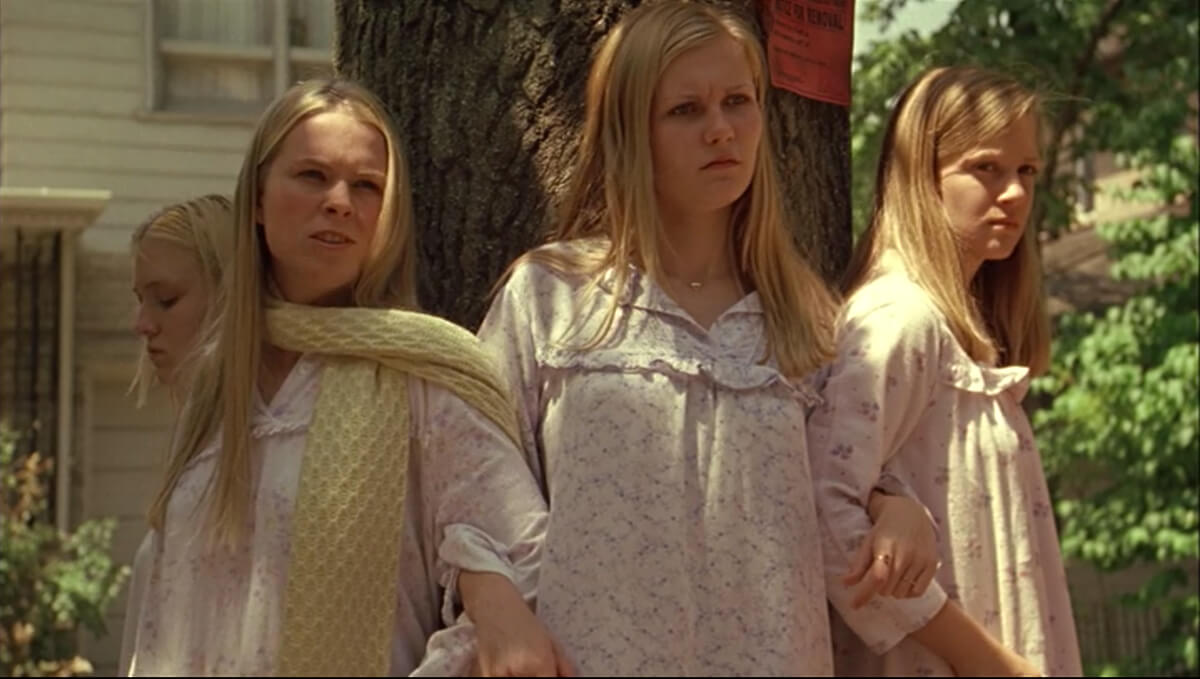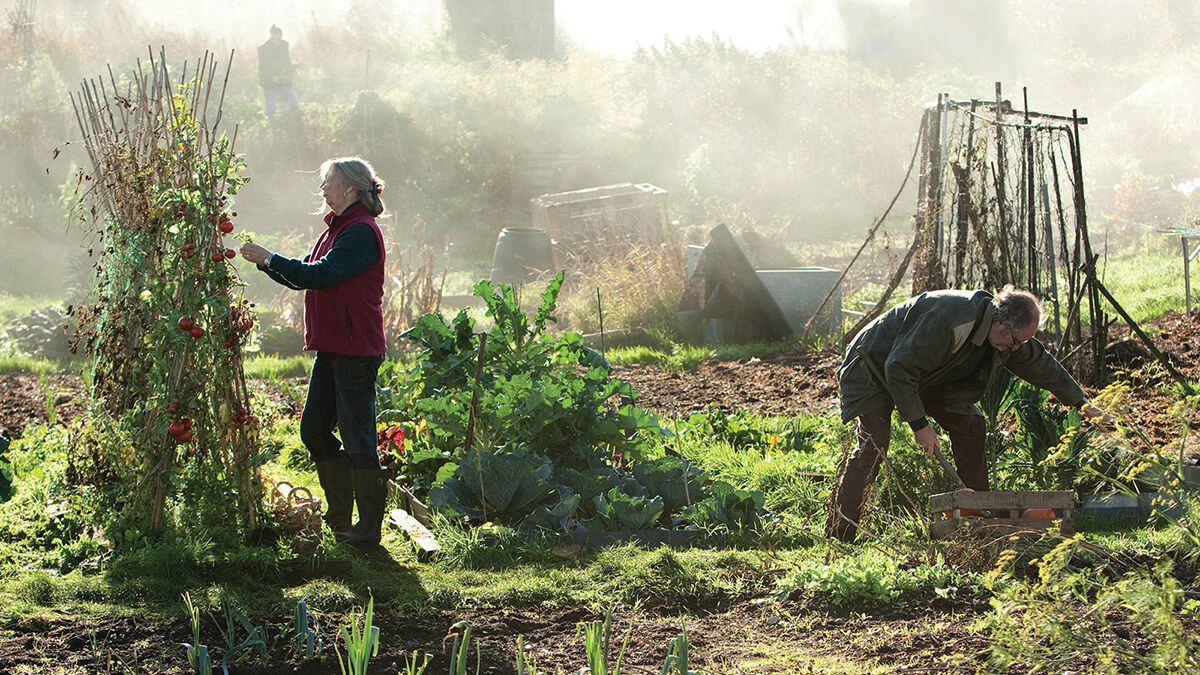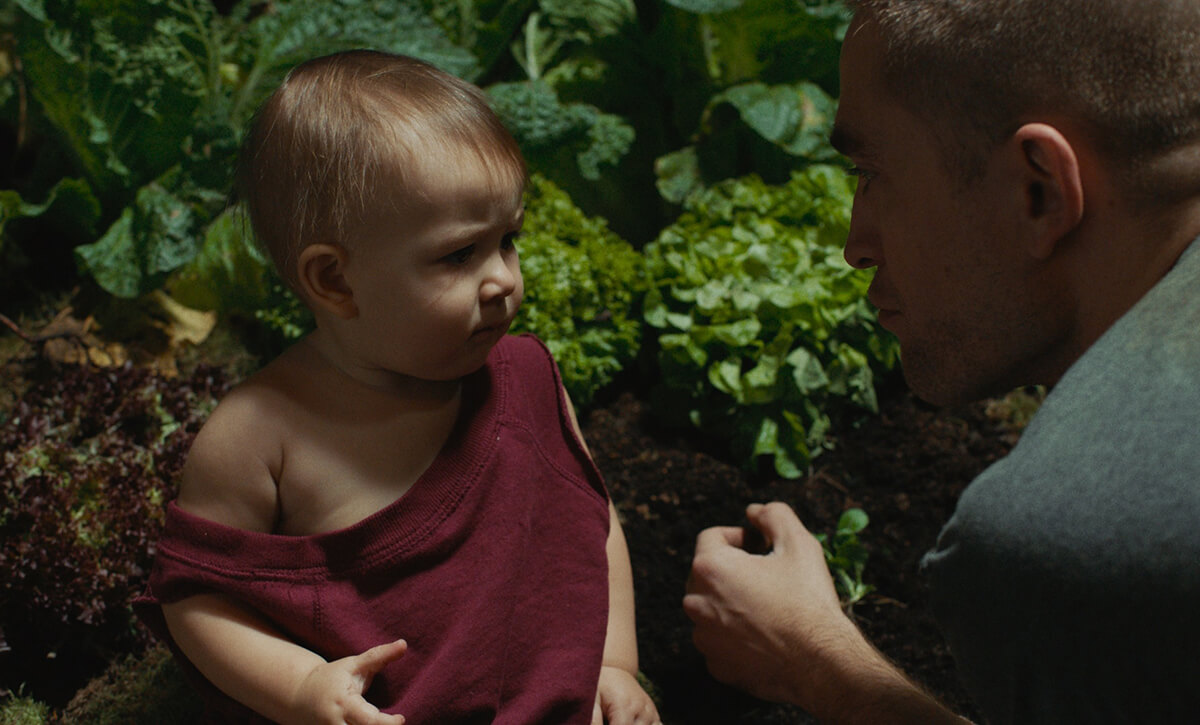The Cinematic Life of Trees
Jesse Noah Klein
May 21, 2019

The year before he died, Anton Chekhov warned: it would be the trees that pay for our narcissism. In his last play, The Cherry Orchard (1903), a matriarch and her brood are offered an ultimatum. They must cut down their beloved orchard and lease their plots of land, or face destitution. The mother’s pride and naïveté leads to the orchard’s demise, and the consequent destruction of the family.
In this harbinger of a play, Chekhov predicted humanity’s willingness to destroy nature for our own short-term gain a half-century before the term Climate Change entered the cultural lexicon. Chekhov saw that the erosion of the environment and the dissolution of the family unit had begun in earnest, and in tandem. The way we treat the world mirrors the way we treat each other; selfishness causes lovers and insects to disappear in kind. The only thing more alien than our relationship with one another is the one we have with nature.
When interpreted by Hollywood, global warming usually takes the form of disaster and dystopia, but nature encroaches on many independent films in subtle, inconsequential ways. No matter the scale of the production, environmental calamities echo the characters’ despair and alienation. In countless films, so-called hippies fight developers encroaching on their idylls. Depressed neighbors complain about the disruptive roots of a tree in Win Win (2011), The Tree (2017), and Margot at the Wedding (2007). The plot of the child environmentalist emotionally intertwined with her father—a broken man who has eschewed civilization and taken up homeschooling his only claim to the future—has spawned at least three films: Fly Away Home (1996), The Ballad of Jack and Rose (2005), and Leave No Trace (2018).

Throughout modernity, industrial progress means altering the landscape, with machines often serving as a foil to highlight the particularly close bonds that are built in a rural setting. This metaphor of industry breaking up the family reaches back to Satyajit Ray’s Pather Panchali (1955), a film wherein the characters are enveloped, and ultimately defeated by, nature’s wrath. Destruction was always on the table—the viewer just assumed it would come from the train being built, the slow chug of progress. It’s as if they must pay for modernity not with a pound of flesh, but acreage. The strength of the family has long been weighed against our ability to commune with our environment. When nature is threatened, so too is the family.
In Noah Baumbach’s Margot at the Wedding, Nicole Kidman returns home for her sister’s wedding at a Hamptons waterfront estate. The quaint, bourgeois setting—her sister inherited the estate from their mother—provides a heady contrast with the emotional turmoil simmering under the surface. The overgrown backyard and abutting forest are places of arguments and broken relationships. Margot, allegedly suffering from Borderline Personality Disorder though perhaps merely without a filter, is challenged to climb the rotting tree that sits on their Long Island lawn. She looks down at her family and waves proudly, only to quickly slip, and get stuck.
The family tree, centerpiece in this drama, is a memory-making cinematic trope. The tree’s (and the family’s) roots begin to show their rot as Malcolm (Jack Black) tries to cut it down. When Malcolm finishes the job with his chainsaw, the tree falls in the opposite direction he intended and crushes the wedding tent. The wisps of a patrician nobility lie at the edges of the story, a bygone time of riches and success. The killing of the family tree serves as a punctuation mark. With it goes Margot’s dwindling hopes that her family bonds can provide a ballast in her rudderless life.

Sofia Coppola’s The Virgin Suicides (1999) shows how the comforts of suburban Detroit could be just as suffocating as the inner city, the air just as toxic on an elm-lined street as a trash-filled alley. There is a resounding quiet that comes after a boom; the decline of the Big Three lingers in the offing, alluding to the continued collapse of a fallen empire. Near the beginning of the film, two men in orange jumpsuits slap a “notice for removal” sticker on a tree. It is suffering from Dutch Elm Disease, an epidemic that would wipe out most of the country’s elms in the 1980s. The shot is sandwiched between two women walking a dog and a boy shooting a basket while his father barbecues. Swish.
Coppola’s sun-soaked aesthetic and languorous soundtrack underscores the naturalism of the scenario, the tree but a small casualty on the road to suburban euphoria. When the tree is about to be cut down, the four girls rush out and form a chain around it. “Go away, this is our tree!” one protests. Another chimes in, “Why don’t you just leave it up to nature?” This sentiment gets at the heart of what the Lisbon girls themselves need most: to live free of meddlers, of oppressors, of the gaze of the neighborhood boys or their mother’s clawing domination. “If we left it up to nature there would be no trees left,” a worker replies. One of the sisters responds matter-of-factly, defeated but still defiant, “That’s what it’s gonna be like anyway.”
Coppola’s cynicism is persuasive; the girls and the trees die swiftly, as if by the laws of nature—but what could be less natural than cutting down a tree or a young person taking their own life? The distance inherent in Coppola’s work suggests the chasm that has only widened between us over time. Suburban sprawl leaves dead air, each girl an island.

Mike Leigh puts an actual dying tree on the poster for his movie Another Year (2010). The story swirls around an aging couple named Tom and Gerri, and their two long-time friends, Mary and Ken. Conversations often turn to the ecological. In one of the film’s rare comedic moments, Mary stomps on the floor drunkenly and slurs, “Those are my carbon footprints.” Tom, a pragmatic geologist, lets individual citizens off the hook, blaming the government instead: “Anything we do is a piss in the ocean.” Mary asks, “Should I stop recycling then, Gerri?” Hers is an air of superiority and resignation, “Have to set an example. Plant tomatoes.” They garden, they contribute.
Gerri and Tom seem content to sit back and cast the blame to the nameless, faceless powers-that-be. What can one person do? What does one tree matter? Leigh does not seem to criticize this point of view but rather accept it as a foregone conclusion. This logic brought us to where we are today, pissing in the ocean with eyes closed and grins on our faces. The Boomer generation can afford to be blasé; Gerri and Tom will be long dead before their beloved tomatoes. Their bliss is antediluvian.
Claire Denis’s film High Life (2018)—starring Robert Pattinson as Monte, a convict raising his baby daughter on a space station—takes place in a not-too-distant future where the earth’s resources have dwindled, and relationships disintegrated. In it, death row prisoners—here called “recycled inmates”—search for black holes from which to harvest energy. The film opens with a shot of the space station’s sprinkler watering its artificial garden, the bucolic glow of Margot at the Wedding and the suburban haze of The Virgin Suicides both a distant memory. Despite its inherent artifice, the garden is still the most natural place on the ship.

The garden is tended by Tcherny (André Benjamin), the only prisoner who seems relatively at peace. Perhaps it’s the extra oxygen from the plants. He speaks of his wife and child back on earth and has a Zen acceptance of his plight on this seeming suicide mission. While elsewhere on the ship hatred and brutality teems between the inmates, Tcherny finds solace in nature. At one point, he sits in his garden and puts his bare feet in the soil, and then lies down among the trees and plants he nourishes. He soon dissolves into the soil, merging with it as he fades away. In his garden, Tcherny is afforded something so often left out of science fiction: a hint of grace. And yet, whether the inmates perish under the most gruesome of circumstances or calmly float off, their fate is the same.
High Life’s few moments of levity are between Monte and his daughter—their love at once prelapsarian and post-apocalyptic. It’s that love—and nothing else—that keeps them alive. It’s that love, or the lack of it, that defines Margot, the Lisbon sisters, and Gerri and Tom. Those who have love thrive, those who don’t wither away. That same love can, and must, be turned toward the greenery above and around us.